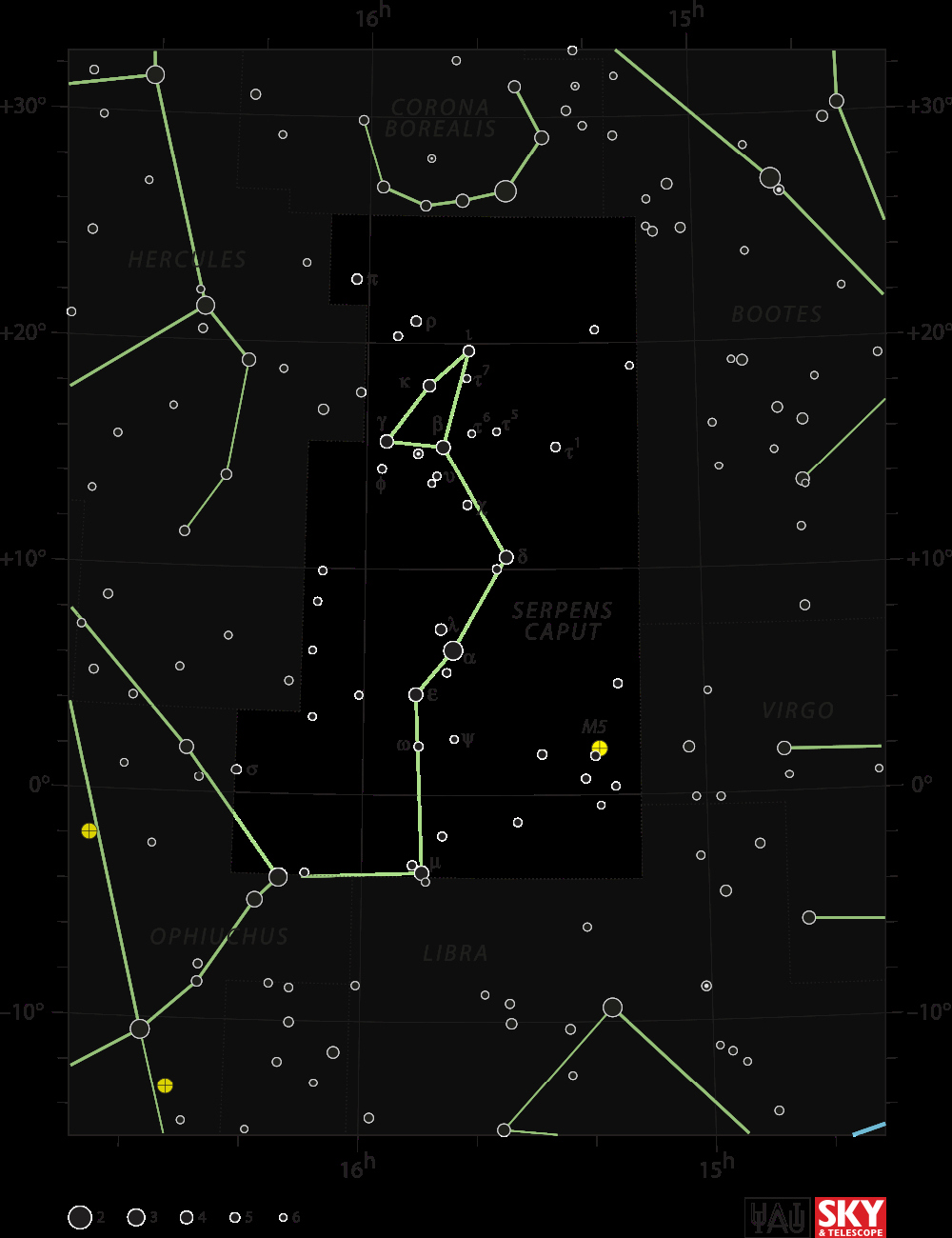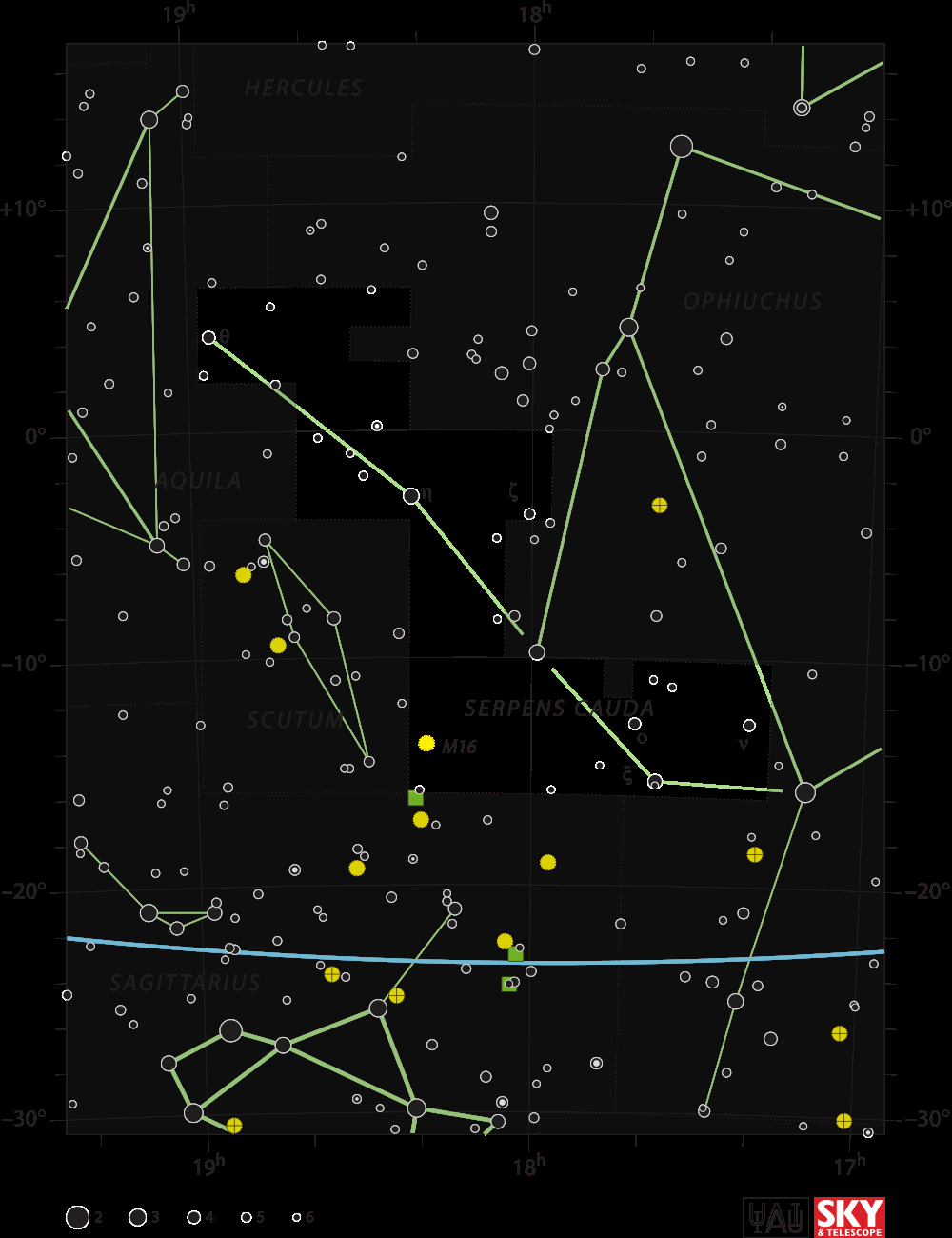By IAU and Sky & Telescope magazine (Roger Sinnott & Rick Fienberg) [CC-BY-3.0], via Wikimedia Commons
Serpens
"The Serpent"
Abbreviation: Ser
Genitive: Serpentis
Constellation family: Hercules
Nearest constellations: Aquila, Boötes, Corona Borealis,
Hercules, Libra, Ophiuchus, and Virgo
Right ascension: 15.71h
Declination: 9.07°
Visible between latitudes: +80° and -80°
Square degrees: 637
Luminary: Unukalhai (Alpha Serpentis)
Named stars: Unukalhai
Notable deep sky objects: M5, M16, Red Square Nebula
About
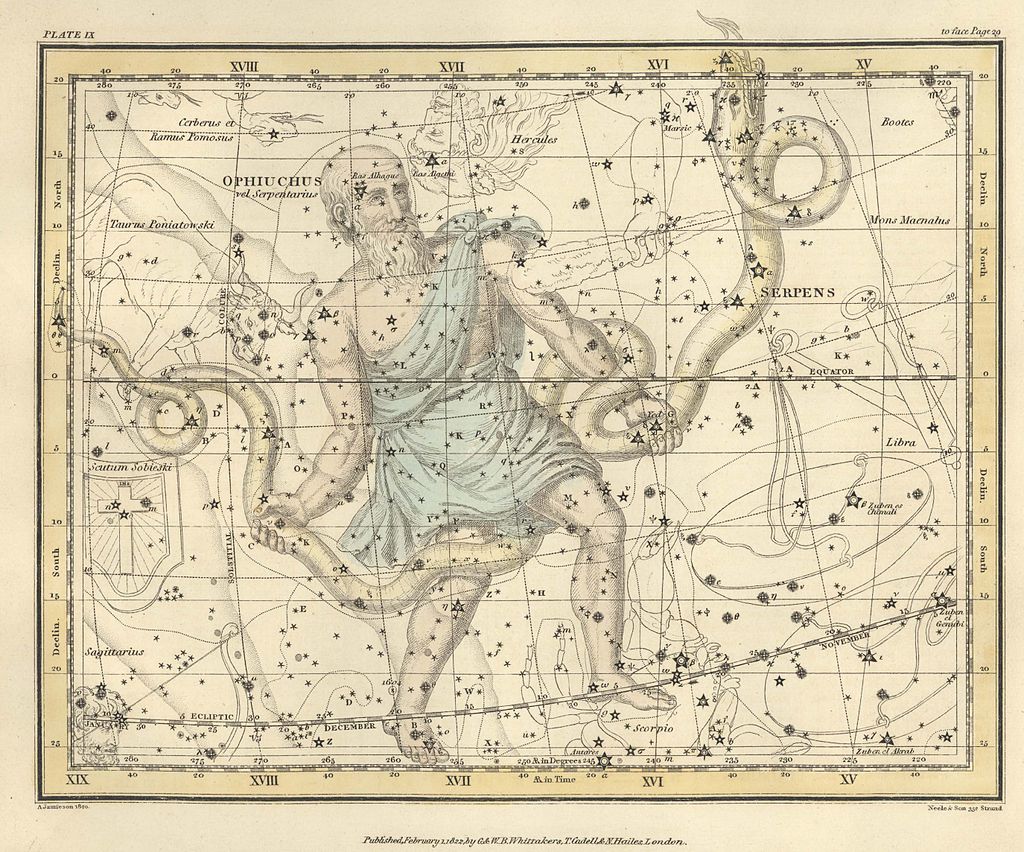
By Alexander Jamieson (United States Naval Observatory Library) [Public domain], via Wikimedia Commons
Serpens is located along the equator and is best viewed in July.
While Serpens is classified as a single constellation, it is actually split into two individual sections that do not share borders. Serpens is divided by Ophiuchus and the two sections are called Serpens Caput and Serpens Cauda.
Mythology
In Greek mythology, Serpens is depicted as the snake held by Ophiuchus (or Asclepius) who was the son of Apollo. He was taught the art of healing by the centaur Chiron and developed his skills to such a degree that he was considered to be the god of medicine.
Gallery of objects in Serpens
Hoag's Object (ring galaxy):

By NASA [Public domain], via Wikimedia Commons
NGC 6027 (Seyfert's Sextet, a group of galaxies):

By NASA [Public domain], via Wikimedia Commons
M16 (the Eagle Nebula):

By ESO [CC-BY-4.0], via Wikimedia Commons
Structure formed from gas and dust within the Eagle Nebula:
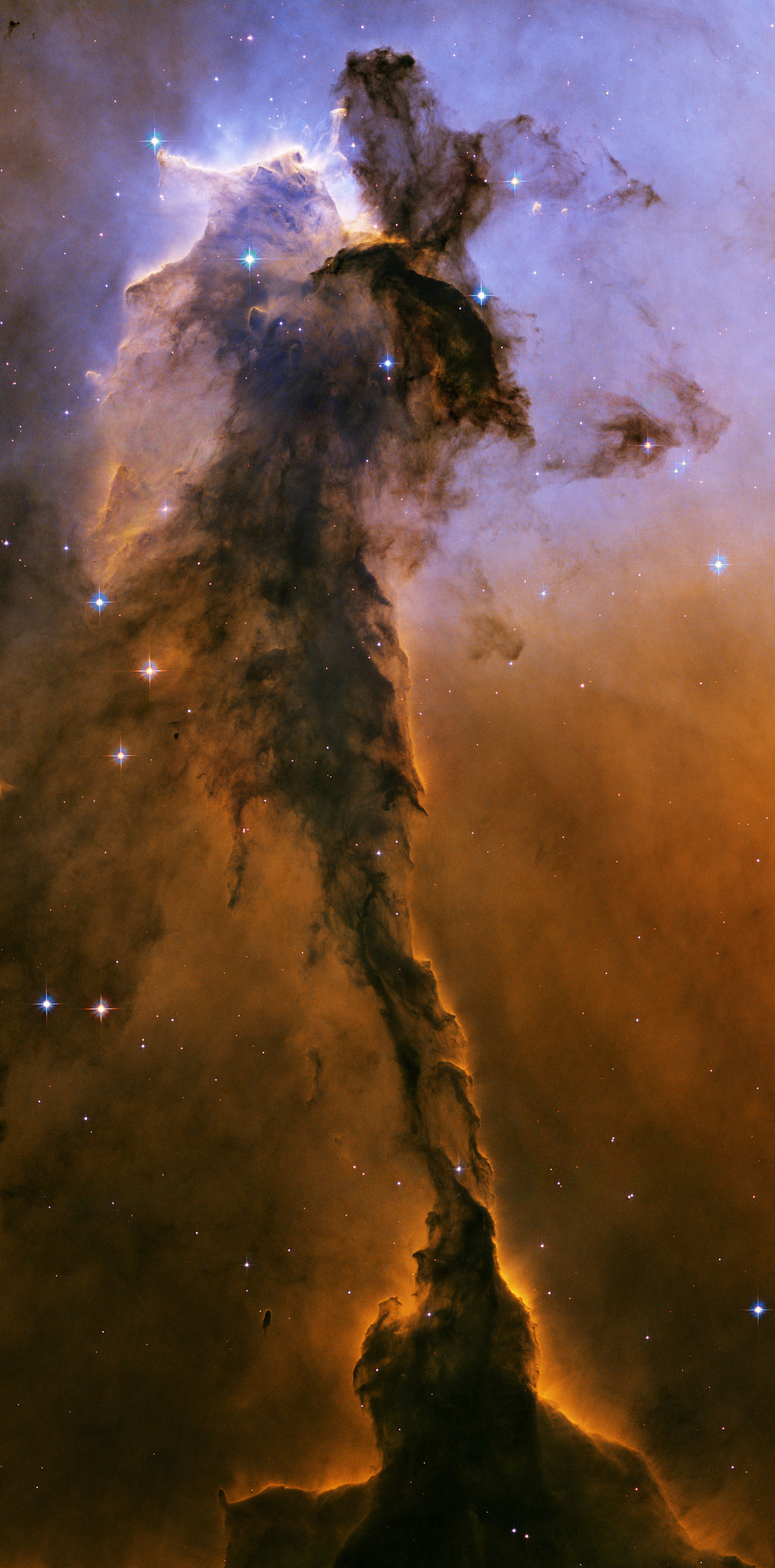
By NASA, ESA, and The Hubble Heritage Team (STScI/AURA) [Public domain], via Wikimedia Commons
The Pillars of Creation, also found in the Eagle Nebula, seen in infrared:
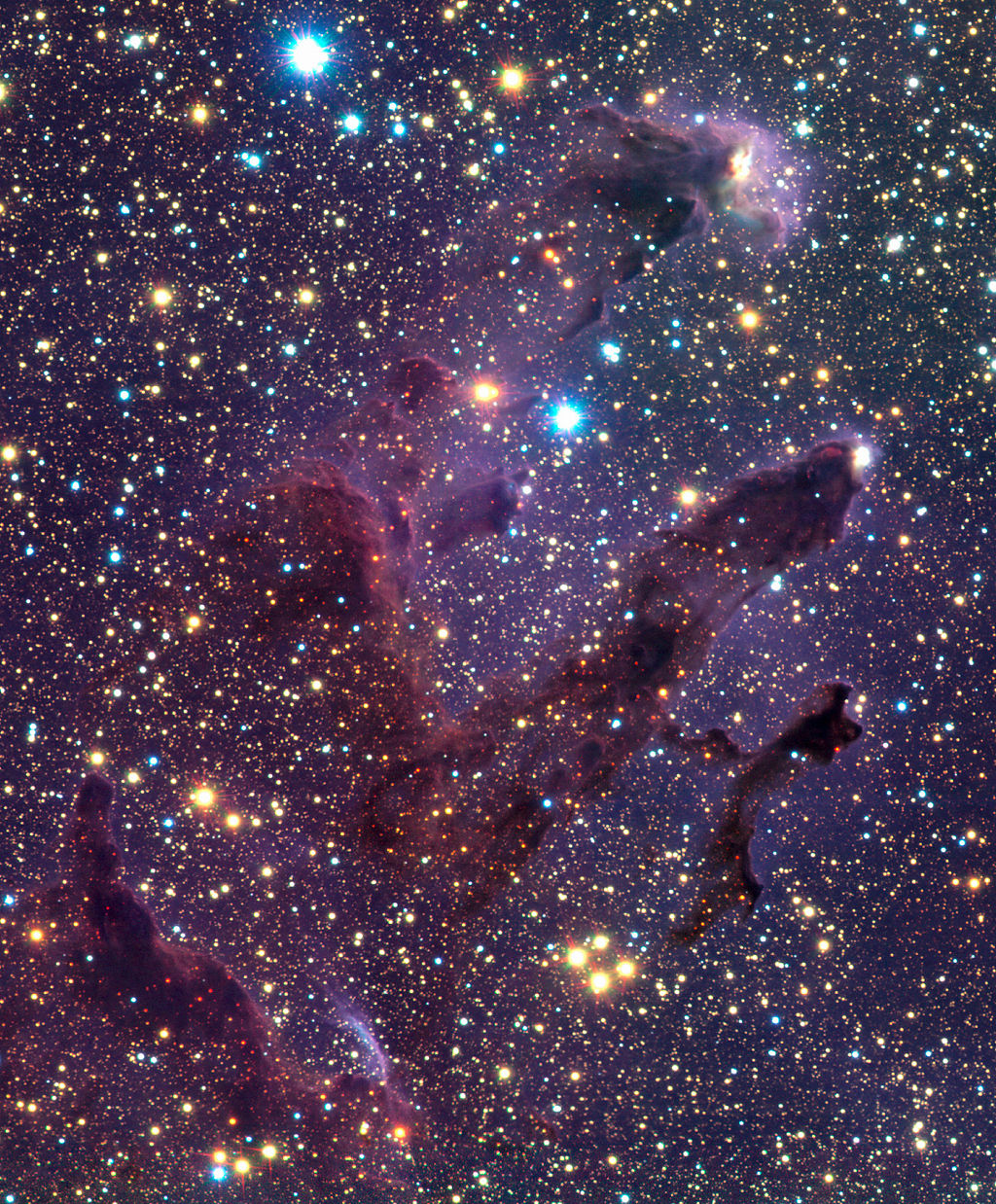
By ESO [CC-BY-4.0], via Wikimedia Commons
